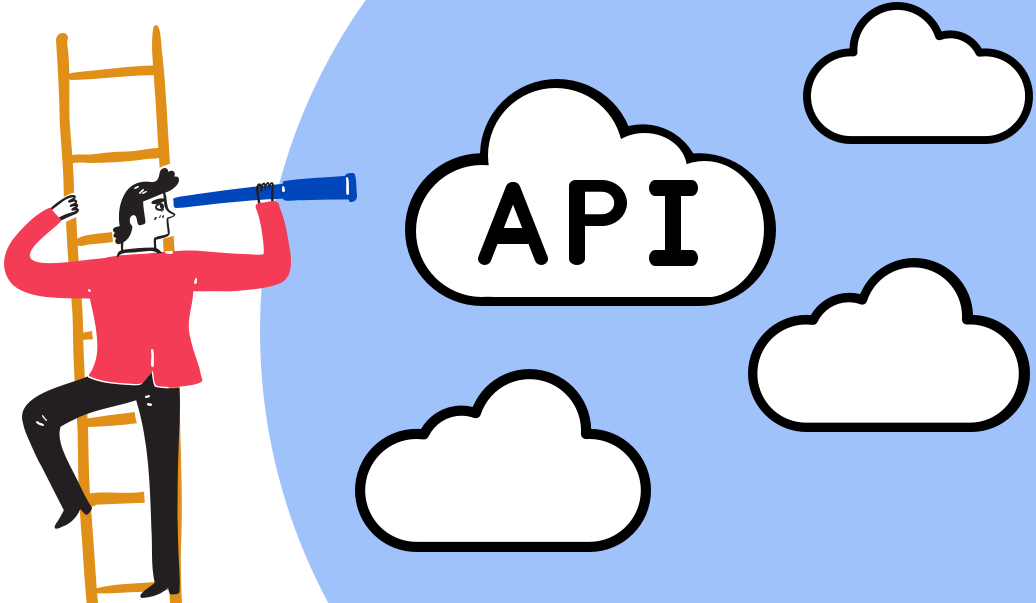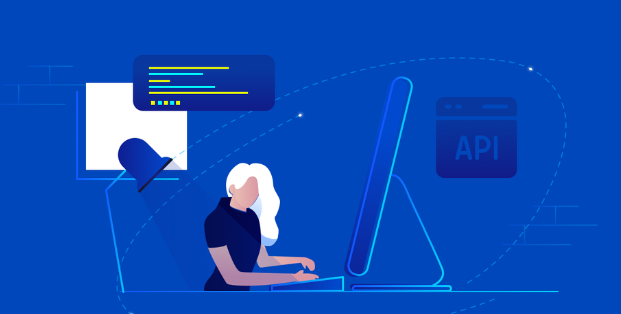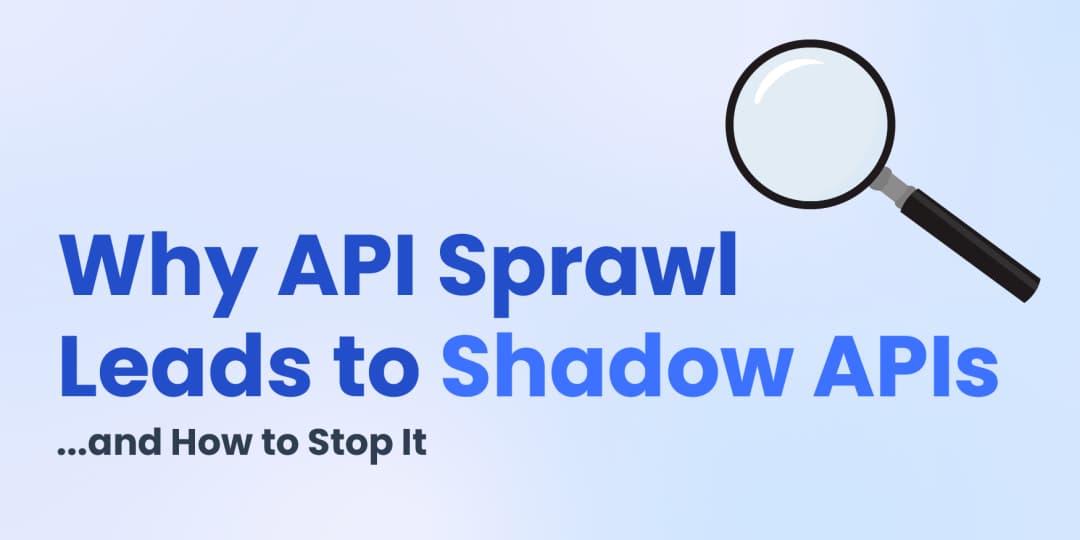API Design | Aug 31, 2023 | 6 min read | By Harsha Chelle

Harsha Chelle leads sales, customer success, and solution engineering at Treblle, where he helps organizations make faster, more informed API decisions. With a background in computer science and experience in both engineering and go-to-market roles, he has contributed to early growth at developer-first companies like Exotel, Postman, and now Treblle. Harsha also drives enterprise positioning, growth product strategy, and technical support with a focus on delivering real outcomes for developer tools.
Greetings, fellow API aficionados and trailblazers of technological transformation. I’ve been part of the API world for quite some time now, with a significant number of those years at Postman.
Over the last decade, I had a front-row seat to see developers and companies grappling with the challenges of managing the complex and ever-expanding number of APIs and intricate operations surrounding them. In this span of time, APIs have become the backbone of modern software development.
With that, the need for real-time insights into their performance has intensified.

API observability has emerged as the new frontier that empowers developers with deep insights into how APIs behave and interact. This ultimately leads to faster debugging and improved end-user experiences!
In a recent move, Postman, the API product used by millions of us developers for API testing, has acquired Akita Software, a budding startup in the domain of API monitoring and observability. I believe this acquisition further highlights the escalating need and significance of API observability in the fast-evolving technology landscape.
By integrating Akita's observability tooling into its suite of offerings, Postman is positioning itself to meet the burgeoning demand for enhanced visibility and control in the API development process.
This is a definite win-win that the entire API industry stands to gain from. I can’t wait to see how such collective knowledge will drive innovation and set new standards for APIOps practices across the board.
Here and now at Treblle, I spend most of my time conversing about APIs and initiatives surrounding them with Engineering and Business leaders from various industries - think of large banks, big software companies, insurance firms, retail organizations, and many more.
As companies are entrenched in the realm of digital and API transformation, they have come to embrace the paradigm of API Operations, or as we fondly refer to it, APIOps. I can attest to its impact on streamlining API development, deployment, and management processes. One key pillar that towers over the landscape of APIOps in 2023 is API observability—an indispensable facet that ensures the continuous success of our endeavors.

API Observability
Having navigated through the ever-evolving tech landscape for nearly 10 years from the lens of providing API solutions to developers and organizations, I’ll try to put together the top 5 trends that currently reign supreme in 2023
To stay competitive and future-proof their operations, businesses must invest in API-first strategies, prioritize API development, and adopt a mindset that values openness and collaboration. By doing so, they can unlock the full potential of APIs and drive growth, innovation, and success in the digital age for companies of all sizes and industries to ensure product quality and avoid errors or downtimes.

When speaking with our user community, something I keep hearing time and again is that developers really care about jobs to be done and they want to be exceptional at what they do - from building APIs and debugging them to scaling them. So do companies of all sizes! They all want to be faster in development, build modern customer experiences, automate everything, and more. It’s another post in itself.
The point is, technology continues to evolve and APIs will remain the linchpin that connects applications, services, and devices. The future is undoubtedly more APIs, and businesses embracing this interconnectedness will be better positioned to succeed in the digital era.

API Observability
API observability makes your API(s) observable and ensures you have success with your APIs. You see what’s up in real-time rather than monitoring, a predefined set of metrics that need context while trying to make decisions or take action. These could be debugging or improving applications systems in engineering or analyzing patterns and driving product growth in the business context.
Observability on the other hand is like having a magic window in a system. It helps us understand what's happening inside, even if we don't see everything directly. An API can be considered observable when we have enough clues to figure out what's going on.
With observability, we can peek into the system, make improvements, and keep everything running smoothly. It's like having a superpower for system insights!
 API Design
API DesignAPI authorization defines what an authenticated user or client can do inside your system. This guide explains authorization vs authentication, breaks down RBAC, ABAC, and OAuth scopes, and shows how to implement simple, reliable access control in REST APIs without cluttering your codebase.
 API Design
API DesignRate limiting sets hard caps on how many requests a client can make; throttling shapes how fast requests are processed. This guide defines both, shows when to use each, and covers best practices.
 API Design
API DesignUnmanaged API growth produces shadow endpoints you can’t secure or support. This guide explains how sprawl creates blind spots, the security and compliance risks, and a practical plan to stop it at the source.